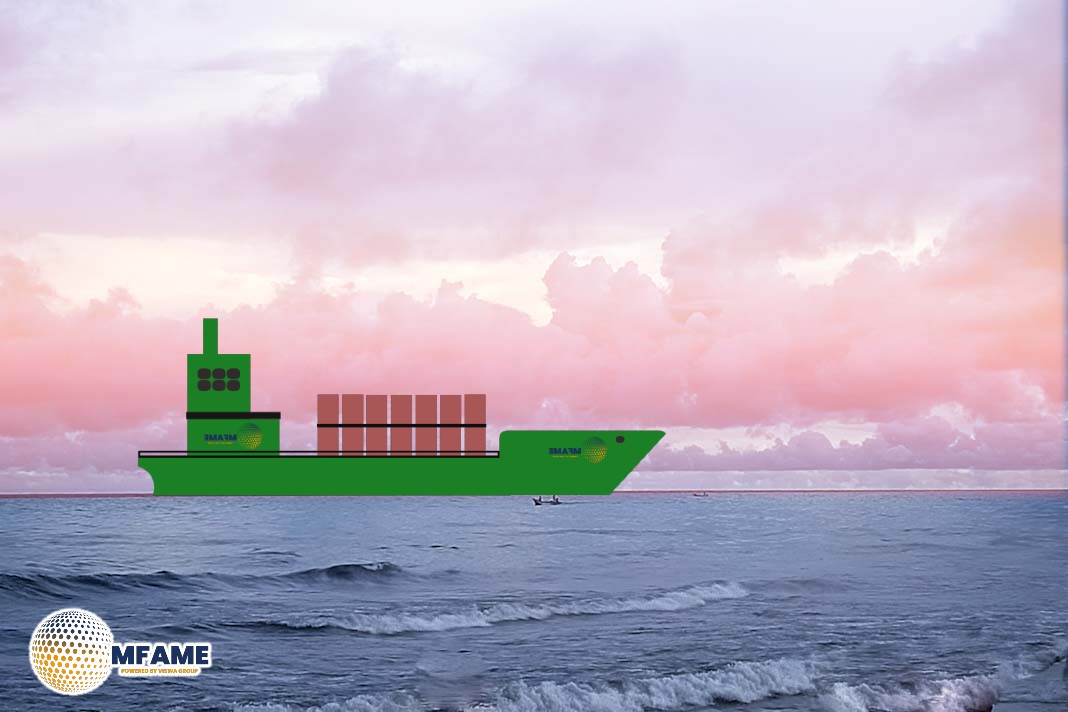- Russia continues to use blacklisted tankers for oil exports despite the largest US sanctions enforcement.
- China and India, Russia’s biggest buyers, are cautious as new US sanctions loom.
- Sanctioned tankers frequently change ownership and registration under obscure firms to bypass restrictions.
Despite increased US sanctions, Russia continues to export crude oil using blacklisted tankers. Data shows a rise in Russian oil shipments carried by vessels outside the G7 price cap framework, with 15 newly sanctioned tankers still actively transporting crude. Meanwhile, China and India, Russia’s biggest oil customers, are carefully navigating the evolving geopolitical landscape, reports SP Global.
Russia Uses Sanctioned Tankers to Boost Exports
Russia increased its seaborne crude exports to over 3.3 million barrels per day (b/d) in January, up from 3.1–3.2 million b/d in December. A staggering 80.1% of these shipments were handled by non-G7 tankers, avoiding Western ownership, flagging, or insurance.
Despite the US Treasury blacklisting nearly 160 tankers, many continue to operate under sanction loopholes, with at least 15 ships loading 12.8 million barrels of Russian crude past the sanctions cut-off date.
China and India Take a Cautious Approach
As Russia’s largest oil buyers, China and India are balancing their trade relationships with both Moscow and Washington.
China has banned US-sanctioned tankers from entering Shandong Port Group but still received Russian crude via other ports.
India remains careful with purchases, with its Petroleum Minister acknowledging that buying Russian oil must align with sanctions developments while keeping global prices stable.
Observers suggest Western sanctions focus on disrupting Russian oil logistics rather than completely stopping exports, ensuring market stability.
Sanctioned Tankers Use Evasive Tactics
To bypass sanctions, Russian-trading tankers frequently change names, ownership, and registrations. Many of these vessels are now operated by obscure companies in jurisdictions like the Seychelles, making them difficult to track.
40 newly registered opaque operators lifted Russian crude in January, 40% of them Seychelles-based.
A growing number of tankers now conduct “dark” ship-to-ship transfers to disguise oil origins.
Non-G7 operators are shifting away from US dollar transactions to avoid enforcement.
These tactics allow Russia to continue exporting crude despite sanctions, albeit with higher transaction costs.
Oil Prices and Sanctions Impact
Western measures are pushing Russian crude prices down, although they remain above the G7-imposed $60 per barrel price cap.
Urals crude dropped to a $15/b discount to Dated Brent on Feb. 6, its lowest level since June 3.
ESPO crude briefly saw a $10/b discount to Dubai crude before recovering.
Experts believe further sanctions could still weaken Russian oil exports without destabilizing global markets.
Did you subscribe to our daily Newsletter?
It’s Free Click here to Subscribe!
Source: SP Global
















![[Watch] A Christmas Tree Goes To Sea](https://mfame.guru/wp-content/uploads/2025/01/mfame-container-100x70.jpg)
